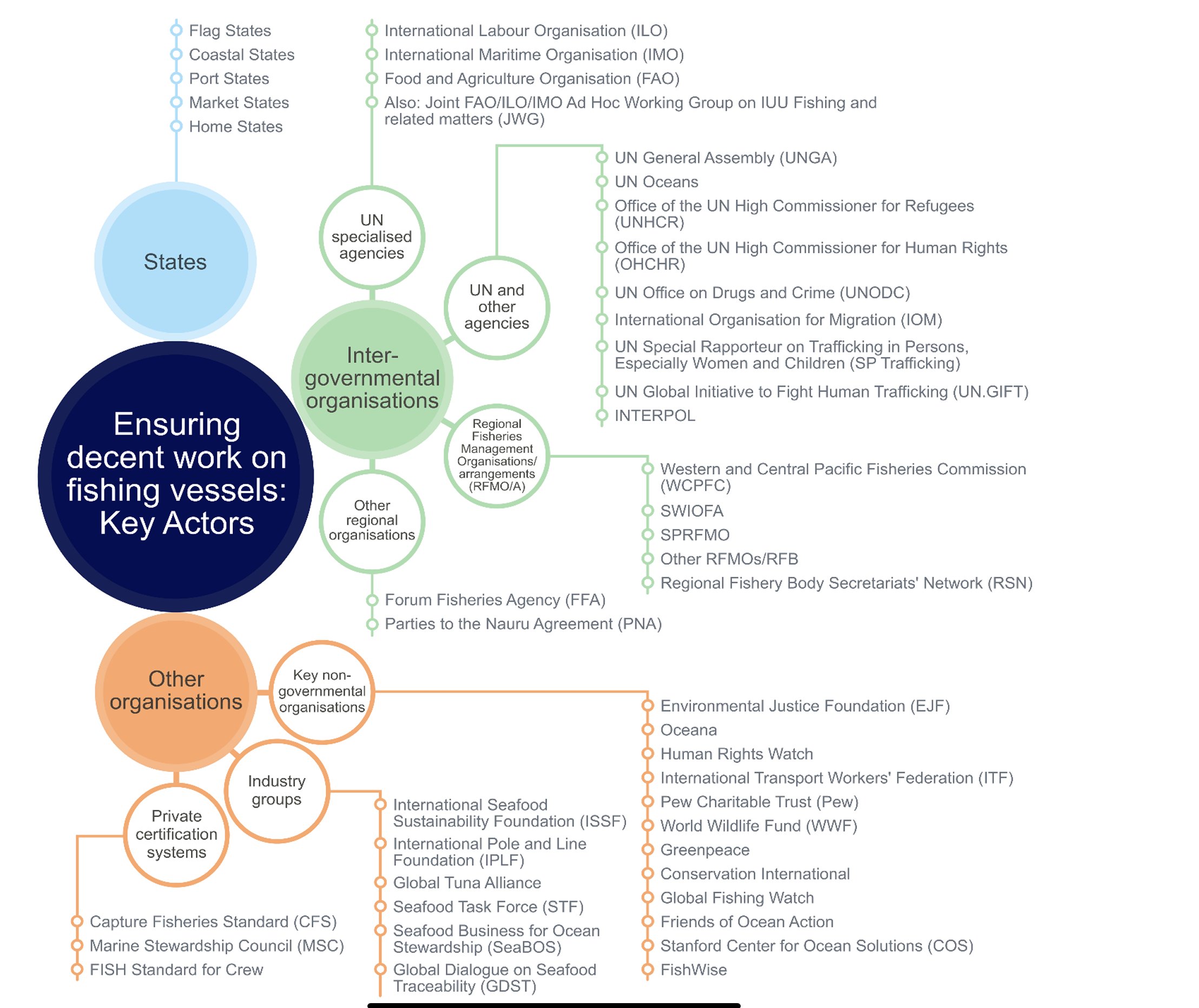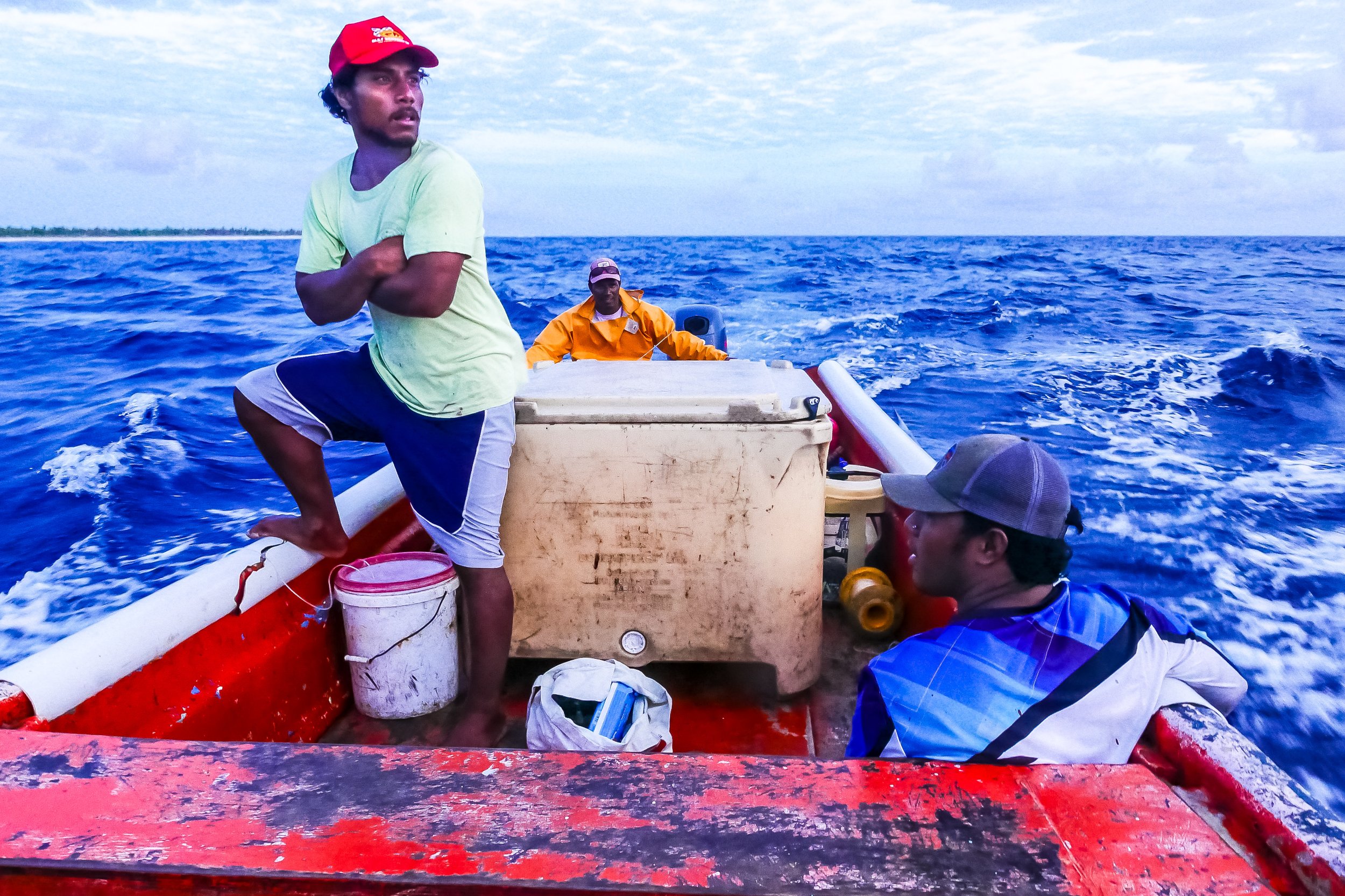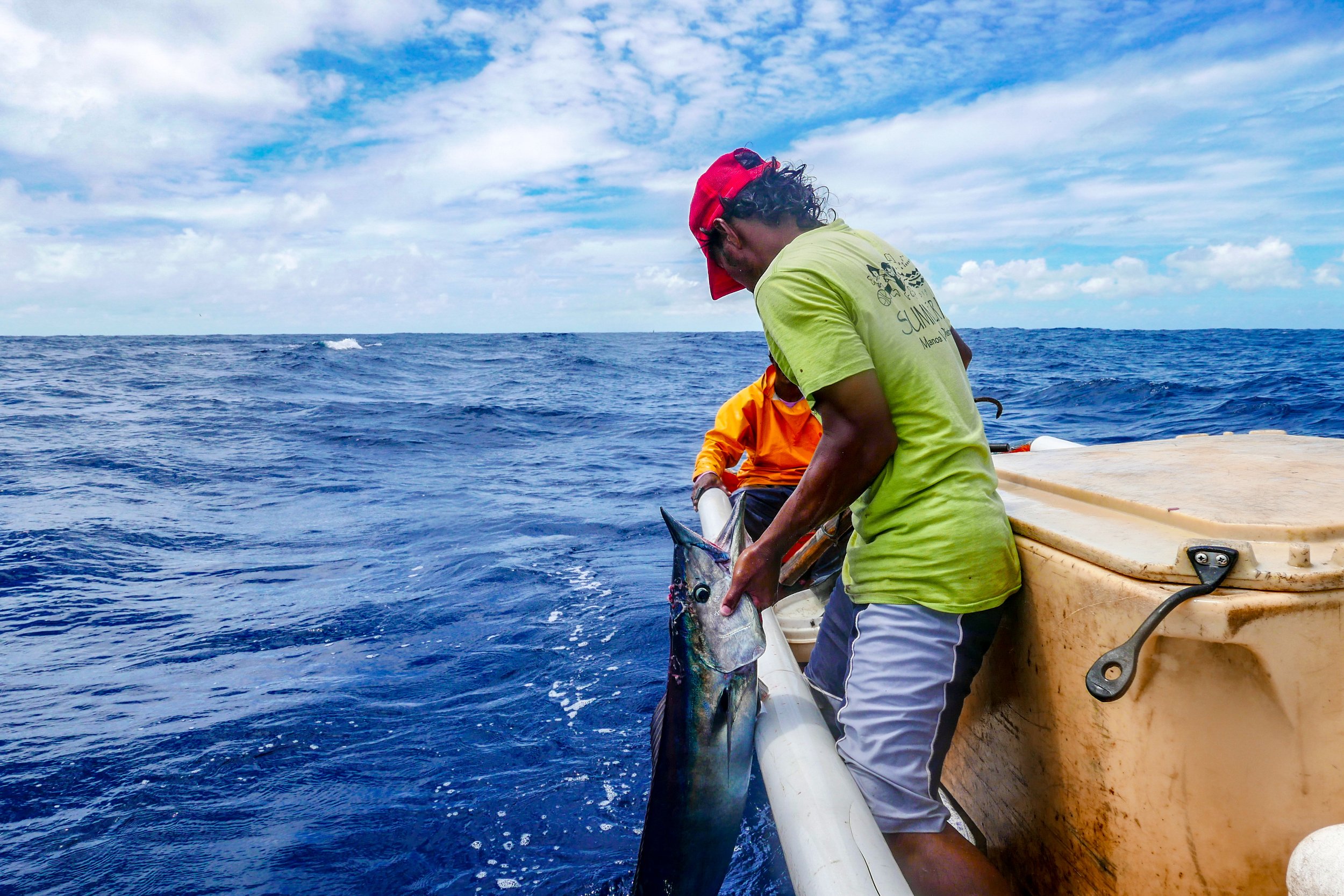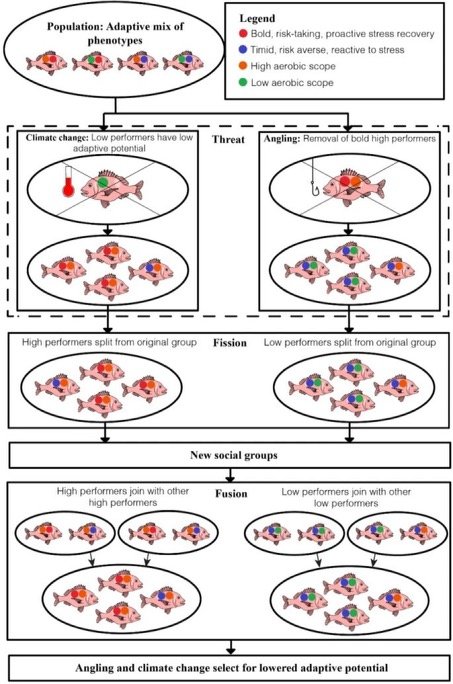As you may know, Electronic Monitoring – EM in fishing vessels is one of my (many) areas of interest. And while I have not yet commented about it, Australia has been on the EM road for a while now, and its approach is thorough and a good benchmark for others to follow. The person in charge is Claire van der Geest, General Manager of AFMA’s Digital Transformation and Electronic Monitoring section. I have been lucky to have been in some meetings with her, and we in the region are lucky to have her as the chair of the WCPFC EM Working group. She is excellent at managing meetings, and her technical understanding of EM is 1st class.
On you can see that on the excellent articles she wrote for the good crew of Em4Fish and that I will un-shamefully echo here. The 1st one was back in April “Australia’s Standards Based Electronic Monitoring Program”, which is excellent reading. The 2nd one came on the 31st July “Australia’s Perspectives on the Benefits of Electronic Monitoring”, and there is one more to come.
Of course, I recommend you read all of them from the links above, yet I will respectfully quote some of her words from the latest one that struck a chord for me and is written with a style and conciseness I can only dream about!
The original reference includes analysis and figures to show specifically the impact in terms of: At-sea monitoring, Logbook data accuracy, Protected species reporting, Management and Compliance, and Geolocation which is quite impressive.
EM is one of two at-sea monitoring tools, which, like observers, provide valuable independent validation of fishing activities, including validating logbook data. Independent monitoring is an essential component of effective fisheries management and is critical for ensuring confidence in the science underpinning fisheries management decisions. It provides accountability, transparency, and confidence that logbook data is comprehensive and complete. It also ensures confidence in the management arrangements themselves by monitoring compliance with specific management measures.
AFMA’s EM program is built meeting the specific data needs and monitoring objective of each fishery. Different EM data are collected during the review process, depending on the fishery and monitoring objectives under consideration. The footage analysis includes undertaking a full catch composition, in addition to discards, interactions with protected species and deployment of mitigation measures. This EM data is then compared with logbook data and any discrepancies are reported to AFMA.
Essential elements of the program include:
100% EM coverage, that is, all vessels in these fisheries, above a minimum effort threshold, are required to install an EM system and for it to be functioning 95% of the time
AFMA applies an audit approach when analysing the collected EM footage, where a random sub-set of the total shots captured in video are selected for review.
A minimum footage analysis requirement of 10% review of shots per boat with a minimum of one shot per month.
Review rates may be higher than 10% in specific circumstances, i.e., to meet a specific spatial or temporal management measure or to monitor interactions with specific species. For example, the GHATF requires 100% footage analysis of protected species interactions in areas know to be important for Australian Sealions.
AFMA’s Perspectives on the Benefits of EM
Over the past eight years, AFMA has demonstrated a range of benefits from the EM program. Although it is desirable to have a quantified cost-benefit analysis, this is difficult to achieve for an EM program. That said, there are quantified examples showing that EM has:
Increased the accuracy of and confidence in logbook data
Supported more targeted risk-based management arrangements, including the implementation of discrete spatial and temporal management arrangements
Enabled compliance programs to target specific risks in a given fishery, rather than applying broad approaches
Supported greater vessel-specific compliance programs
Improved the ability to detect and address untoward behaviour, including the identification and rectification of previously unknown compliance issues
Improved transparency between stakeholders including supporting more rigorous management discussions.
Decreasing uncertainty in fisheries data is paramount for stock assessments, for the implementation of harvest strategies, and for measuring the success of management measures. The demonstrated congruence between the EM data and logbooks has improved AFMA’s confidence in the accuracy of the logbook data being collected and has supported AFMA’s original supposition that EM can:
Verify data collected by other monitoring tools; for AFMA is this logbook data including protected species logbook data, and
Collect data that is also collected by other monitoring tools, suggesting that with improvements in artificial intelligence and machine learning there is a possibility of using EM as a primary data collection tool.
It is likely that the congruence analysis also supports AFMA’s 10% footage analysis rate as providing a good reflection of all logbook data. It is also likely to be affected by the EM coverage rate, the number of vessels with EM onboard in the fishery, and the random selection of the shots to be reviewed, however. AFMA’s EM program requires 100% EM coverage (with all vessels in the four fisheries required to have EM onboard) and conducts analysis on a random 10% of shots by boat.
These elements, combined with the known presence of EM on a vessel, impacts the behaviour of crew (e.g., logbook reporting). This is a well-known effect of surveillance referred to as the ‘camera effect’. Industry is aware that they are subject to EM analysis but are not aware of which shot from the trip will be analysed.
The camera effect seems to result in more accurate logbook reporting across the fishery, which in turn is increasing the accuracy of all logbook data collected from the fishery generally and, importantly, for protected species interactions. Complete logbook reporting by fishers of their interactions enables more accurate estimates of total interactions, leading to more confidence in management and/or mitigation measures.
Independent and verified results obtained through EM are definitive and have been helpful in underpinning management conversations between stakeholders. In one instance, EM data has been instrumental in proving that certain fishery mitigation methods were effective and that the continued decline of the protected species was external to the fishing industry.
Critical for both management and compliance, behavioural changes resulting from the use of EM are long-lasting. Outcomes include more accurate data, increased confidence in the data underpinning management arrangements, and, with improved compliance, greater confidence in the effectiveness of management arrangements to achieve their objective. These effects in turn support the potential for more discrete and targeted management measures, rather than fishery wide management arrangements.
AFMA is an EM advocate, but also recognises that EM is not a panacea. EM is one in a suite of monitoring tools used by AFMA to manage and monitor fisheries and a one-size-fits-all approach to monitoring fisheries is no longer the best approach.
Essential to AFMA is that the data needed for fisheries management decisions drive the mix of monitoring tools to be used in the fishery. Use of EM will depend on the fishery and the monitoring objectives under consideration. The collection of biological data and/or samples is likely to remain under the remit of observer and port monitoring programs, while EM could replace the use of VMS as a geolocation tool in some fisheries.
EM programs are costly to plan and implement. AFMA’s EM program took significant time and resources to design, develop, and implement. Along with change-management and engagement with industry, a range of legislative, regulatory, policy, procedures and arrangements need to be developed to support the program. However, once established, the EM program has largely operated without significant oversight.
AFMA’s EM program is 100% cost-recovered from relevant industry sectors, so the benefits of EM need to be demonstrated and realised to maintain confidence in the program and broader management measures. Although costs remain an issue, industry is supportive of EM as a monitoring tool. It has provided accountability and transparency that were not as apparent with other such tools.
AFMA’s EM journey and the lessons learnt has identified the following key ingredients in a successful EM program:
That the data needs of a fishery drive the design of the EM program, and that industry is a co-designer of the program’s design
A requirement for 100% coverage, that is, that all fishing activities in the fishery are subject and captured by EM
An audit approach for EM footage analysis, that is, that a random selection of total shots is selected for footage analysis
Industry ownership of the EM systems to support ongoing maintenance of the systems including while at sea
Regulations specifying the maintenance of the systems to ensure the collection of high-quality footage, for example a requirement for regular testing and cleaning and for vendors to provide rigorous services to industry, and
Seeking to integrate and/or provide greater interoperability between the various monitoring tools required by fishers under the regulation.
These are all lessons to remember in the EM road. Thanks, Claire (and AFMA), for sharing them!


































